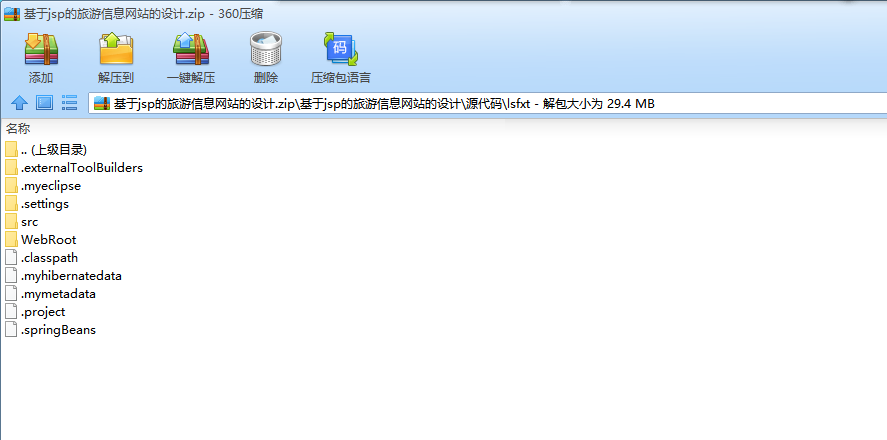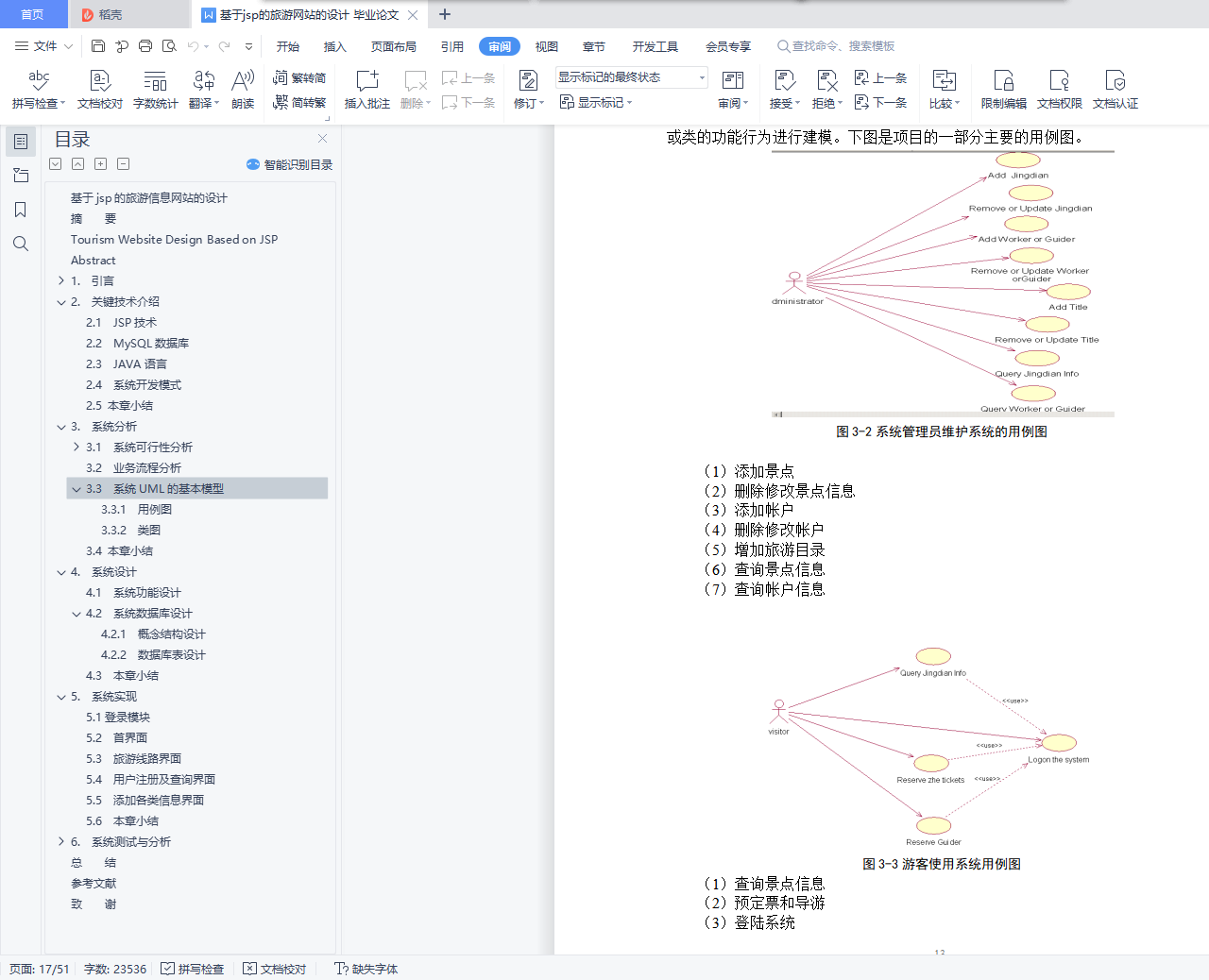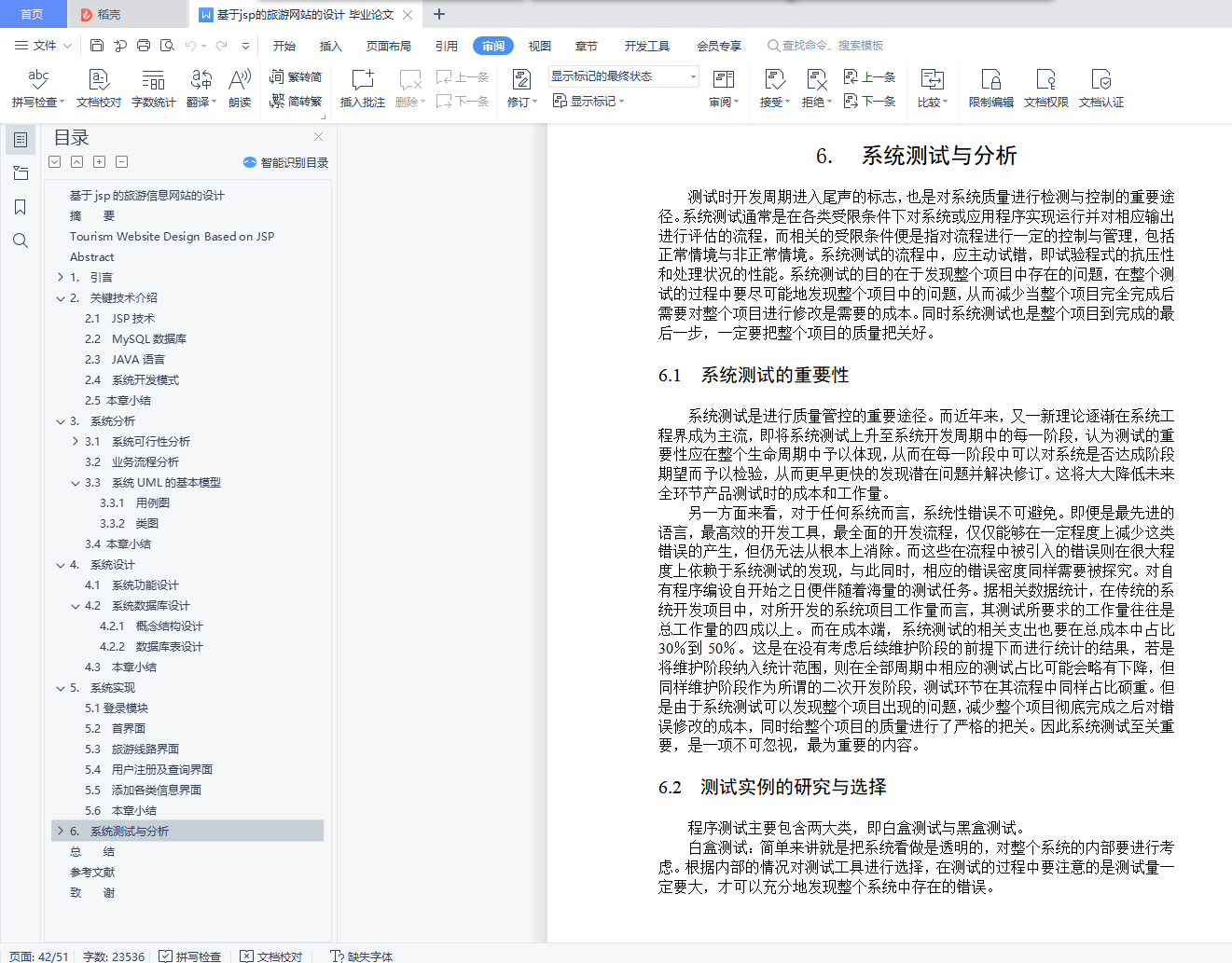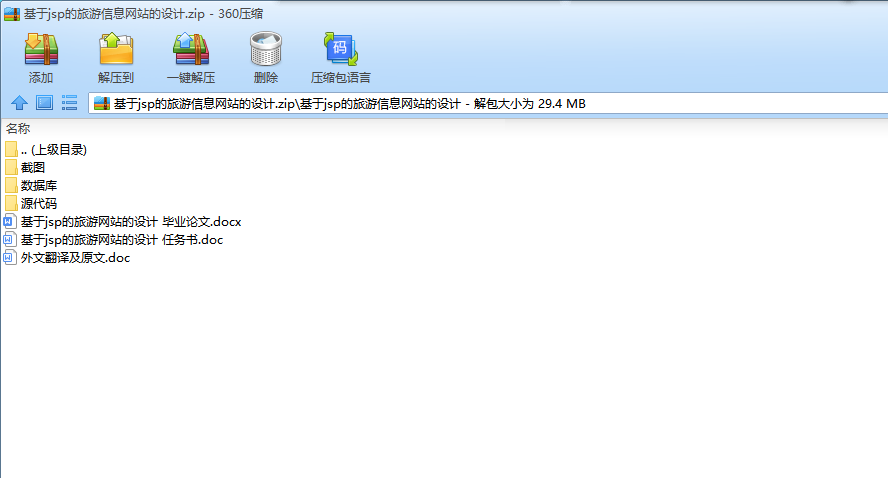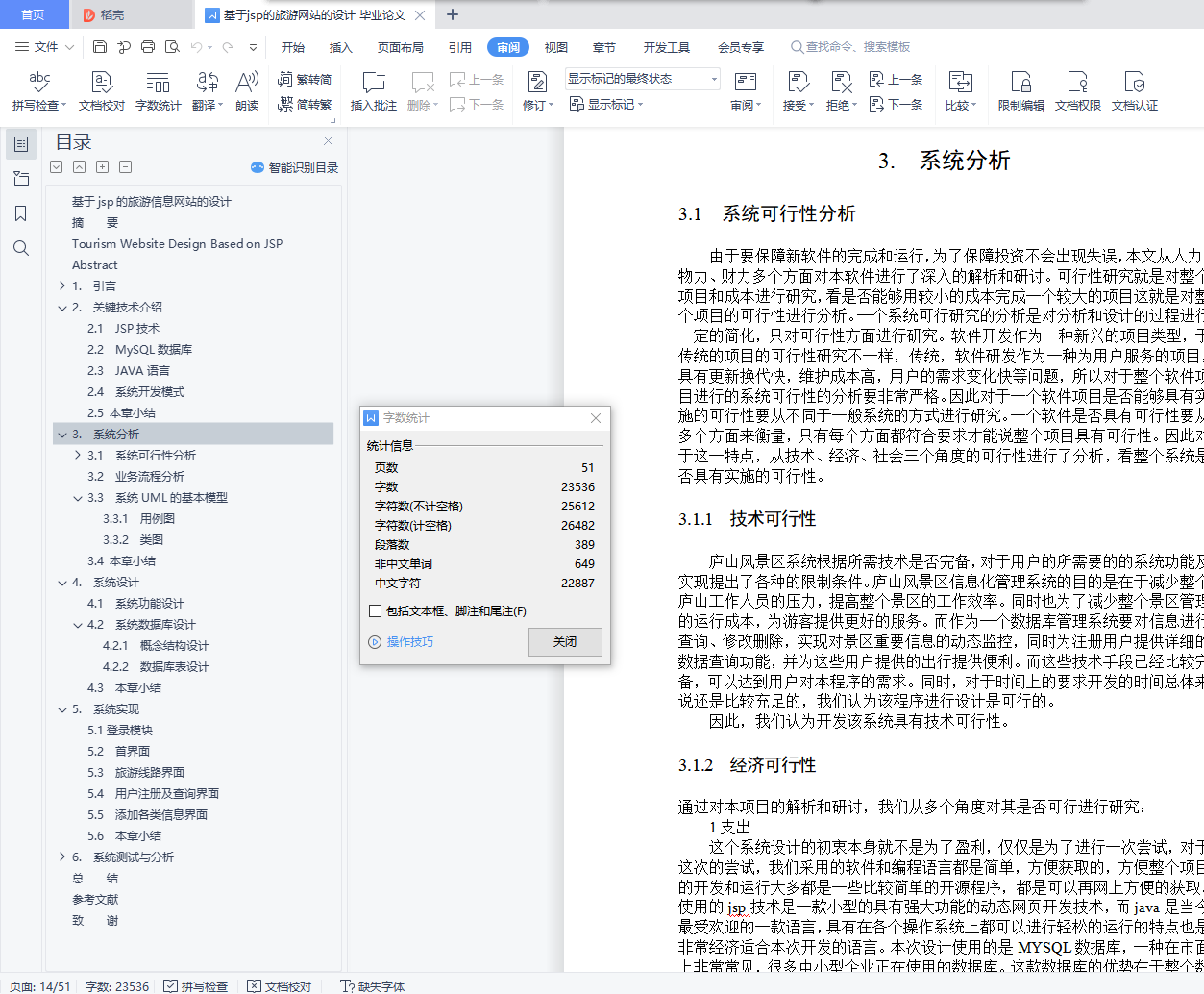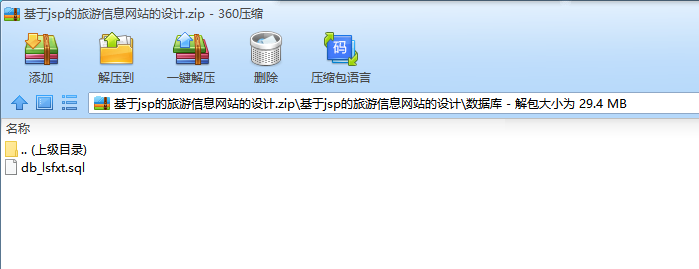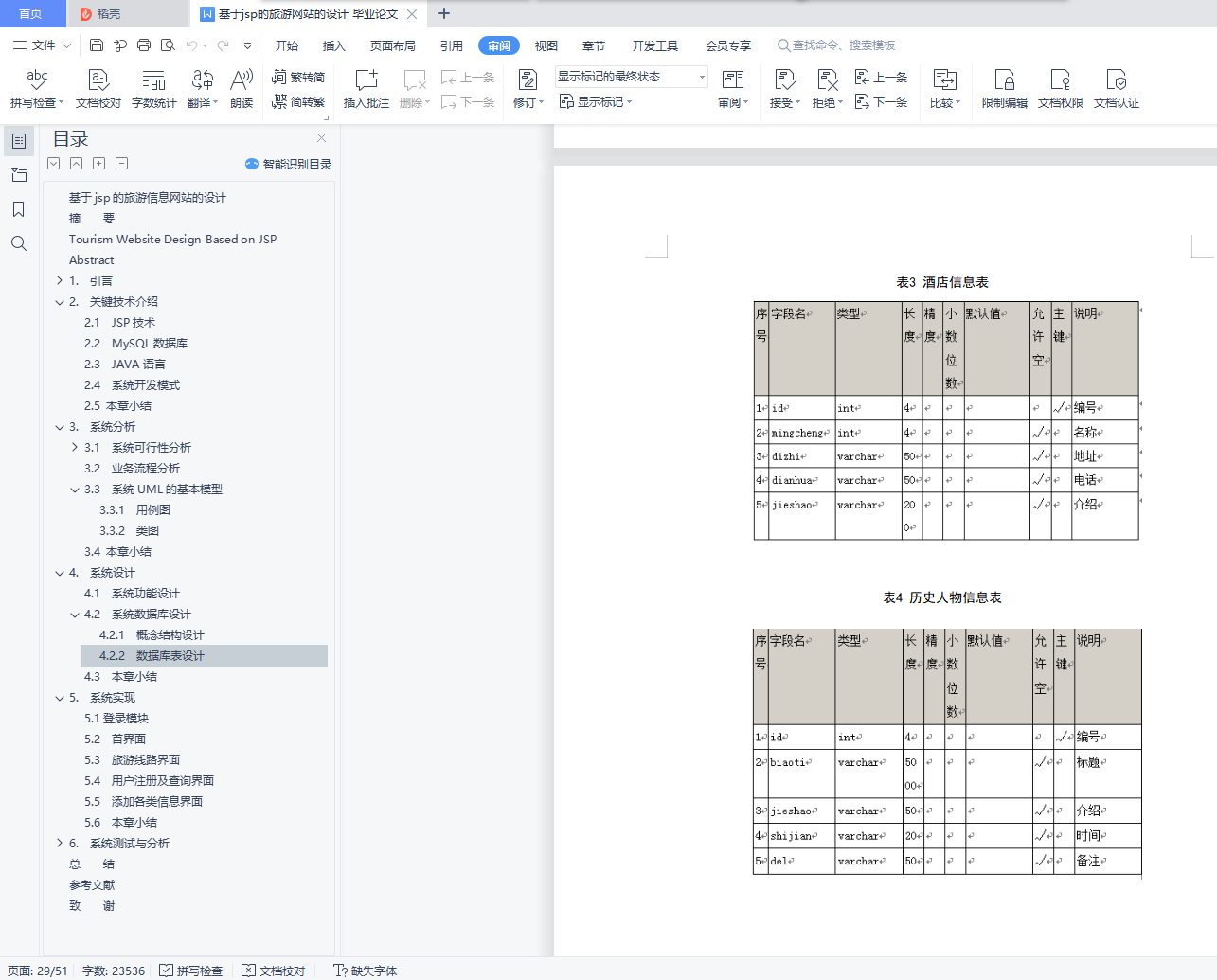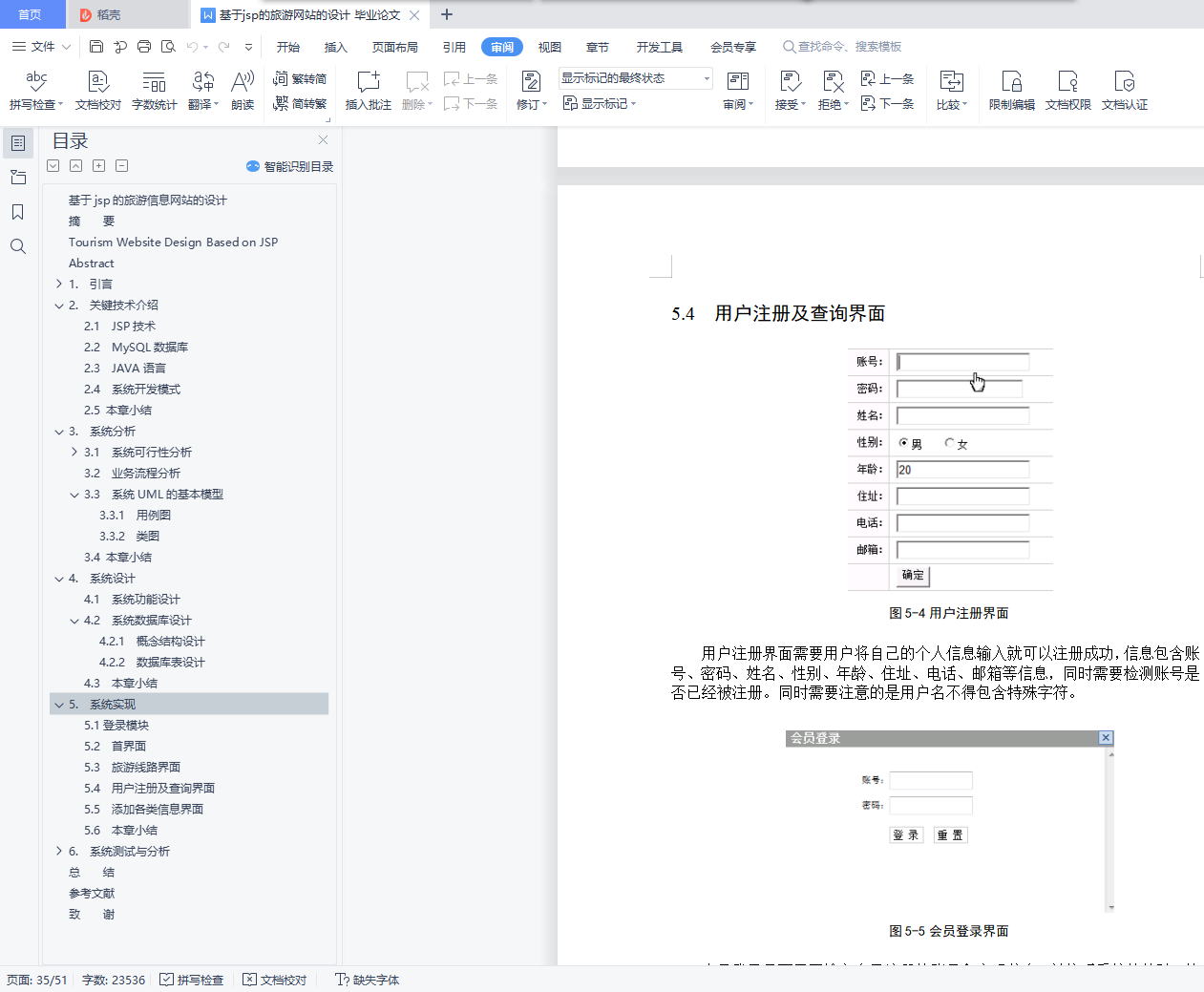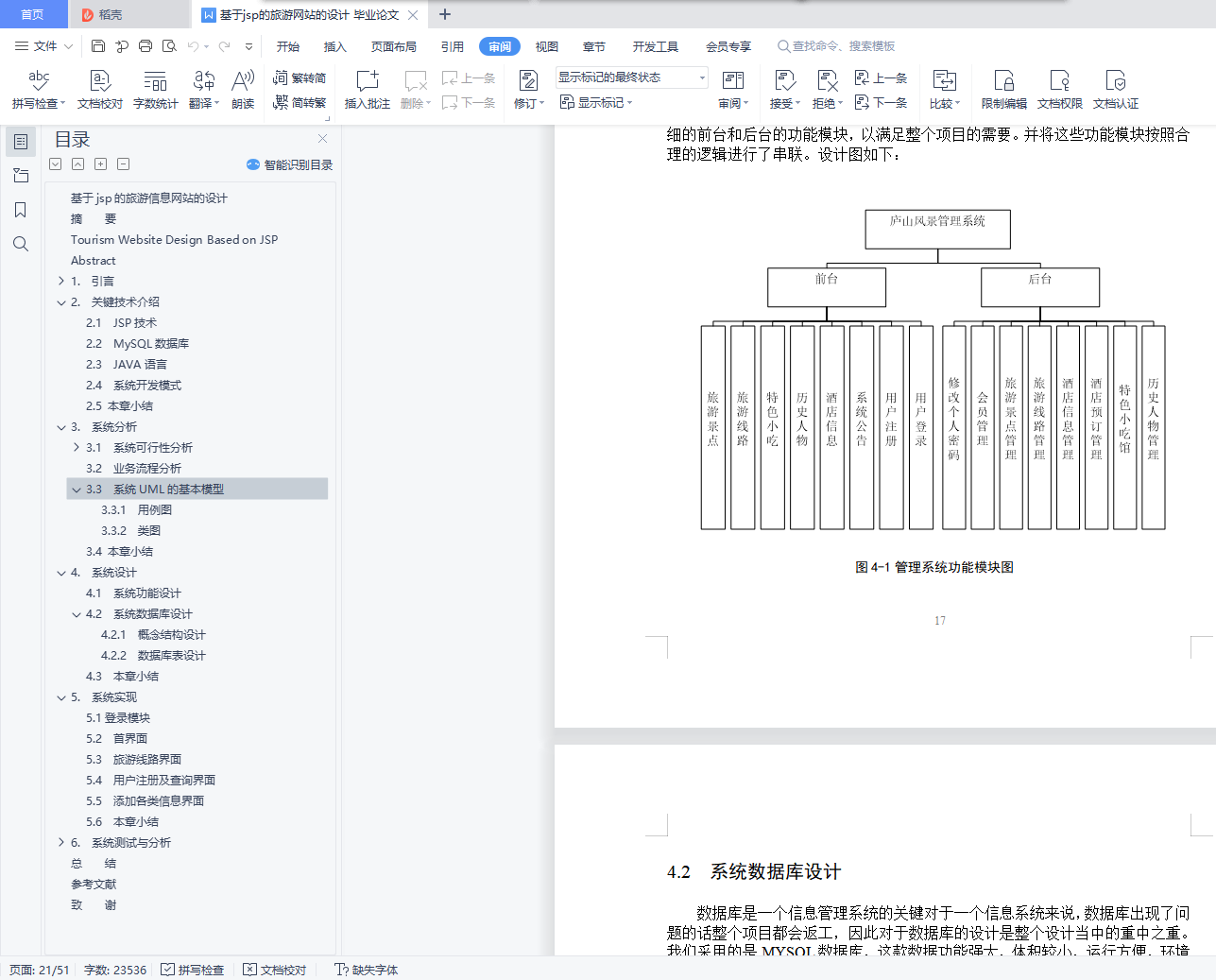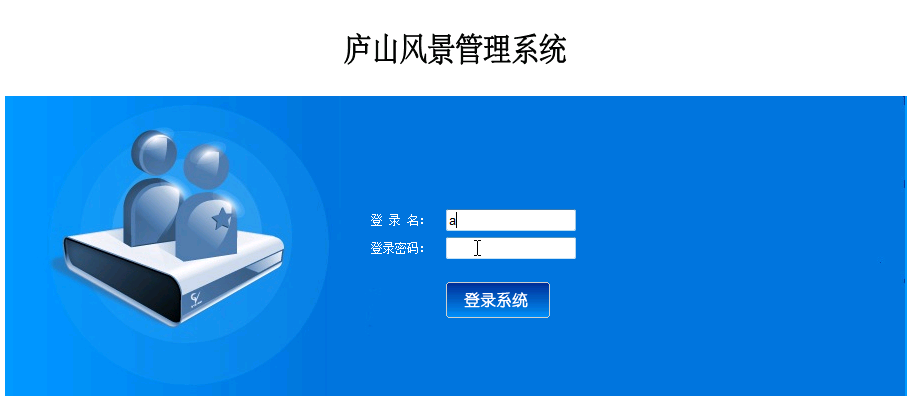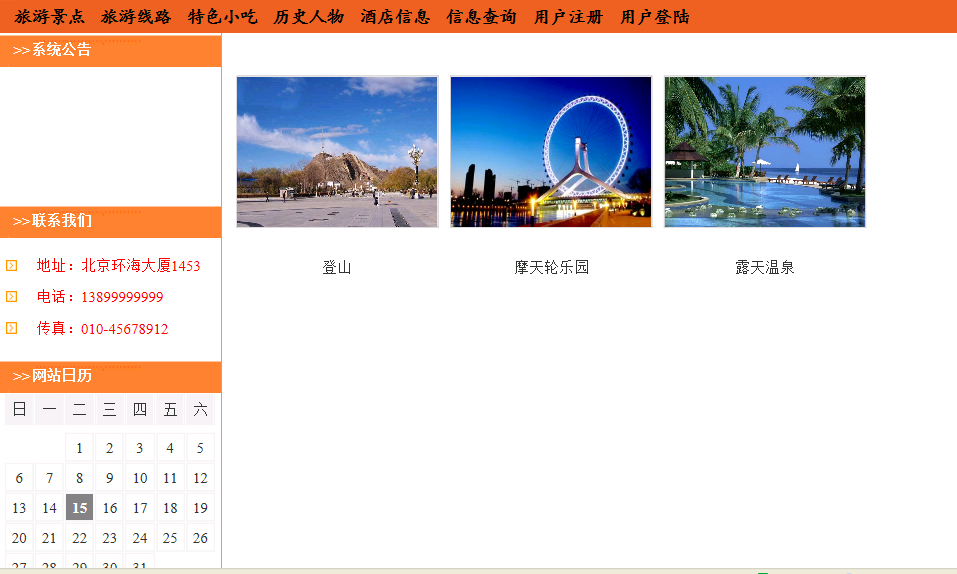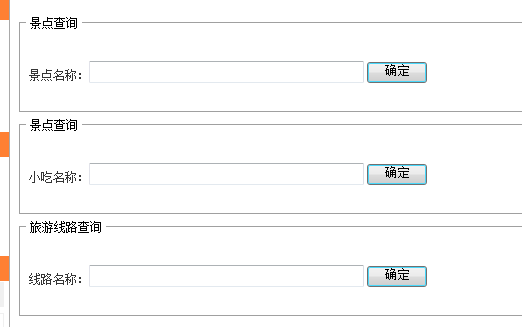基于jsp的旅游信息网站的设计
摘 要
随着时代的变化,高新技术的迅速发展,使用信息化的手段管理各大风景区已经成为当今的主流手段。本文讲的是开发庐山风景区管理系统,其目的就是要使庐山风景区管理更加方便快捷,同时也是为了让游客更加方便的了解旅游景区信息,方便游客的出行。
庐山风景区旅游信息管理系统功能简介如下:
提供用户注册服务,用户注册成为会员以后可以对景区的旅游景点、旅游线路、特色小吃、历史人物等信息进行查询。为注册用户提供酒店信息查询服务,用户只需要留下入住时间、联系方式、备注信息,就可以完成网上酒店预订操作。为管理员提供信息管理功能,管理员登录后可以查询会员信息、酒店预订信息,同时可以对景区信息进行动态修改。系统开发模式采用B/S模式。本系统的实现更好的方便了对庐山风景管理系统的管理。
关键词:庐山风景管理;系统;信息查询
Tourism Website Design Based on JSP
Abstract
With the rapid development of computer technology, the Mount Lu scenic area has entered the information age. In order to make the Mount Lu scenic management more efficient, more scientific, decided to develop the Mount Lu Scenic Management system.
Mount Lu scenic area tourism information management system functions are as follows: 1.to provide users with registration services, the user registered as a member, you can scenic spots, tours, snacks, historical figures and other information inquiries. 2.provide hotel information inquiry service for registered users, users only need to stay in time, contact information, notes information, you can complete the online hotel booking operations.3.provide administrators with information management functions, administrators login, you can inquire about member information, hotel reservation information, while you can dynamically modify the scenic information.This system achieve better convenience of Mount Lu landscape management system management.
Keywords: Mount Lu Scenic Management; system; information services
目 录
摘 要 i
Abstract ii
1. 引言 5
1.1 项目开发的背景 5
1.2 项目开发的意义 5
1.3 面向对象的开发方法 6
1.3.1 面向对象的开发方法的含义 6
1.3.2 面向对象的开发方法的特点和优点 6
1.4 本章小结 7
2. 关键技术介绍 8
2.1 JSP技术 8
2.2 MySQL数据库 9
2.3 JAVA语言 10
2.4 系统开发模式 11
2.5 本章小结 12
3. 系统分析 13
3.1 系统可行性分析 13
3.1.1 技术可行性 13
3.1.2 经济可行性 13
3.1.3 社会可行性 14
3.2 业务流程分析 14
3.3 系统UML的基本模型 15
3.4 本章小结 18
4. 系统设计 20
4.1 系统功能设计 20
4.2 系统数据库设计 21
4.2.1 概念结构设计 21
4.2.2 数据库表设计 27
4.3 本章小结 31
5. 系统实现 33
5.1登录模块 33
5.2 首界面 33
5.3 旅游线路界面 34
5.4 用户注册及查询界面 35
5.5 添加各类信息界面 39
5.6 本章小结 39
6. 系统测试与分析 41
6.1 系统测试的重要性 41
6.2 测试实例的研究与选择 41
6.3 测试环境与测试条件 42
6.4 系统评价 42
6.5 测试用例介绍 43
6.6 本章小结 44
总 结 44
参 考 文 献 49
致 谢 50
